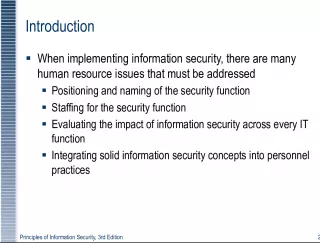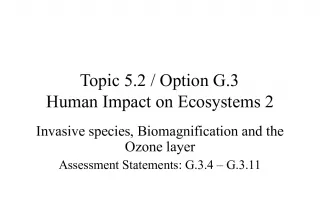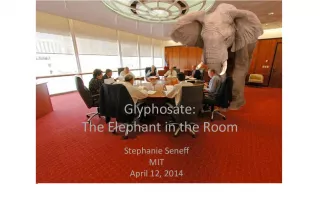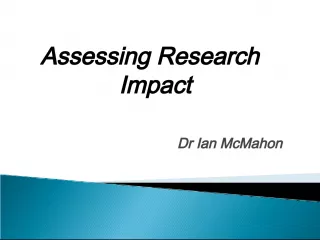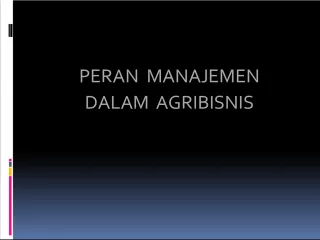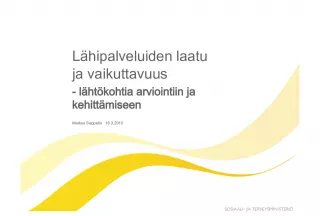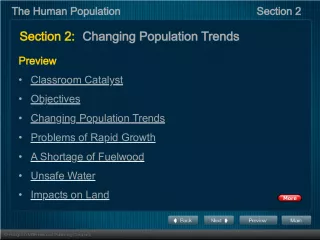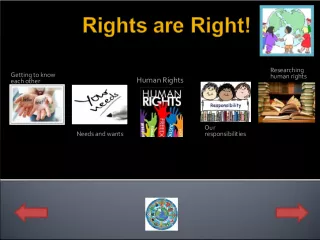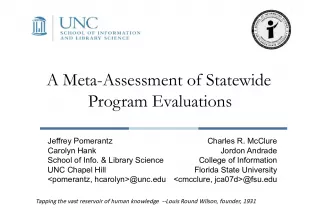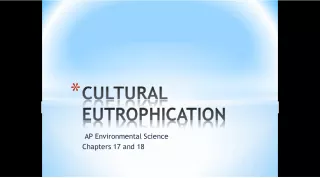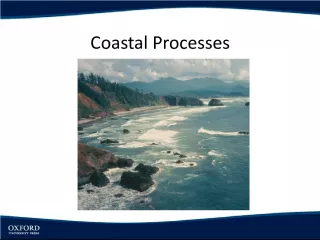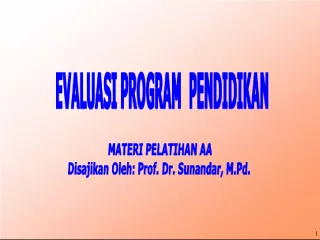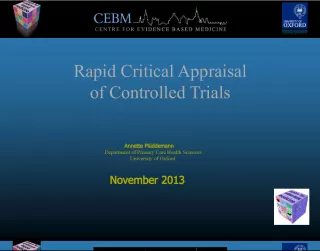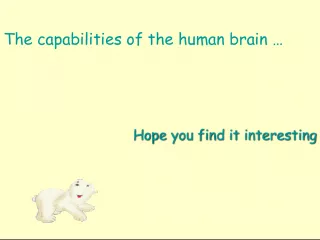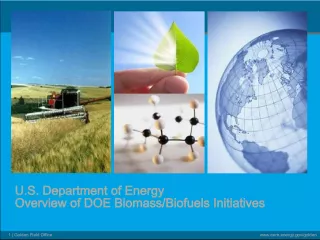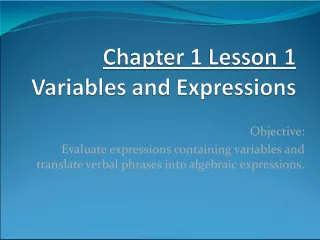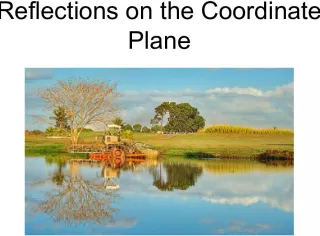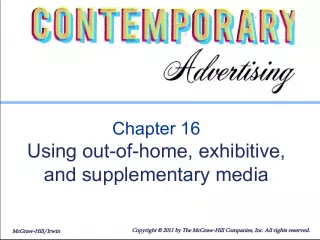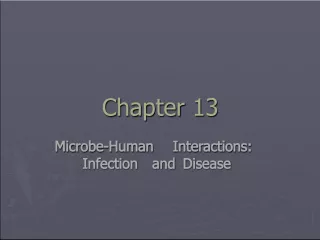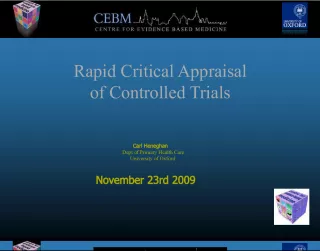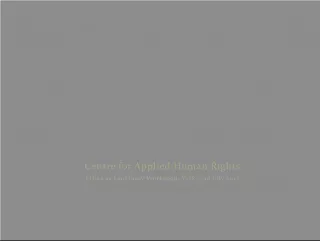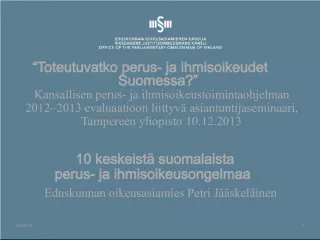Evaluating Human Impact on Wetlands Using a Dragonfly Pond Collage
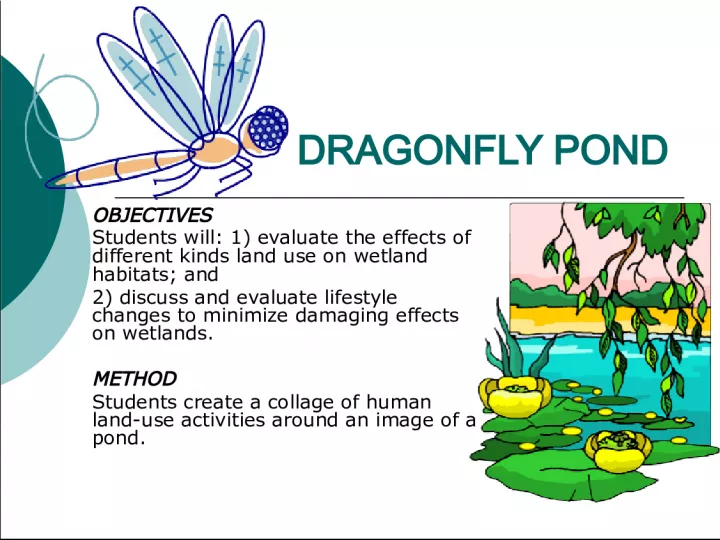

In this activity, students will create a collage of human land use activities around an image of a pond to evaluate the effects of different kinds of land use on wetland habitats. They will also discuss and evaluate lifestyle changes to minimize damaging effects on wetlands.
- Uploaded on | 1 Views
-
 lyrarobel
lyrarobel
About Evaluating Human Impact on Wetlands Using a Dragonfly Pond Collage
PowerPoint presentation about 'Evaluating Human Impact on Wetlands Using a Dragonfly Pond Collage'. This presentation describes the topic on In this activity, students will create a collage of human land use activities around an image of a pond to evaluate the effects of different kinds of land use on wetland habitats. They will also discuss and evaluate lifestyle changes to minimize damaging effects on wetlands.. The key topics included in this slideshow are wetland habitats, human impact, land use, lifestyle changes, Dragonfly Pond,. Download this presentation absolutely free.
Presentation Transcript
1. DRAGONFLY POND OBJECTIVES Students will: 1) evaluate the effects of different kinds land use on wetland habitats; and 2) discuss and evaluate lifestyle changes to minimize damaging effects on wetlands. METHOD Students create a collage of human land-use activities around an image of a pond.
2. Materials For each three students: scissors; masking tape: paste or glue: paper, one set of land use cutouts: One Dragonfly Pond cutout: a large piece of paper (18 x 24) upon which to fasten the cutouts.
3. Background The major purpose of this activity is to encourage students to wrestle with these concerns. In this simulation, students use the Dragonfly Pond as a microcosm of environmental concerns involved in management decisions. They struggle with the arrangement of overlapping and conflicting land uses in an effort to preserve a wetlands habitat. When the students reach some kind of agreement about the local issues, the activity shifts to how what they have done affects other dragonfly ponds downstream. The activity ends with consideration of the idea that the planet is, in fact, a single Dragonfly Pond.
4. Background Students will be responsible for arranging the pattern of land use around the Dragonfly Pond in such a way as to do the best they can to preserve the health of this beautiful aquatic area. Divide the class into groups of three to five, with each group representing one of the interest groups. Students will stay in these groups until the end of the activity.
5. Who are the interest groups? Possible interest groups are: Residents - want to live in the area Farmers - want to use the land to raise food and livestock Business interests - want to use the land for commerce and economic growth Gas station owners - want to make a living in servicing and repairing cars Parks department personnel - want people to have a place for recreation Highway department personnel - want to maintain access in the area Bleach factory representatives - want to preserve jobs and commerce
6. Directions Pass out the 18 X 24 paper that will serve as the base for each groups pond and its associated land use activities. Students should cut out the land use pieces and Dragonfly Pond. All the land use cutouts must be used: park and farm land may be cut to smaller but all the pieces must be used. Parts may touch, not overlap. Students may also create additional land uses of their choosing. When students fasten the cutouts to their large base sheet, use small loops of tape. This will allow you to change your mind before pasting the pieces down.
7. Pros and Cons Once students have cut out the necessary materials and are ready to begin the process of making land use decisions, have them first create a list pros and cons for each land use. Pros Cons Farms Businesses Homes
8. Directions Have the students work in their teams for a long enough period of time to begin to seriously grapple with the challenge. Invite each group to volunteer to display and describe their work in progress. Encourage discussion of their choices. In the discussions emphasize that: no land use can be excluded; wildlife habitat must be preserved; and everyone must agree.
9. Minimize Damage For wildlife habitat this is a no win activity in many ways. The best that can be hoped for is that the land use plans will minimize the threats to the Dragonfly Pond. Although their solutions may not be perfect, they can minimize the damage to Dragonfly Pond.
10. Minimize Damage Ask the students to create a list of things they think they personally can do to begin to reduce the potentially damaging effects of their own lifestyles on the downstream habitats they may never have thought about. Consider with them in discussion the idea that all the waters of the planet are, in fact, part of a single Dragonfly Pond.
11. Evaluation 1. Name three things that people can do to reduce or prevent damage to wetlands. 2. Under what conditions, any, do you think actions to reduce damage to wetlands would be appropriate? 3. Under what conditions, if any, do you think actions to reduce damage to wetlands would be inappropriate? 4. Select any action that you personally think would be appropriate and that you could take to reduce or prevent damage to wetlands. 5. Describe what you would do.
